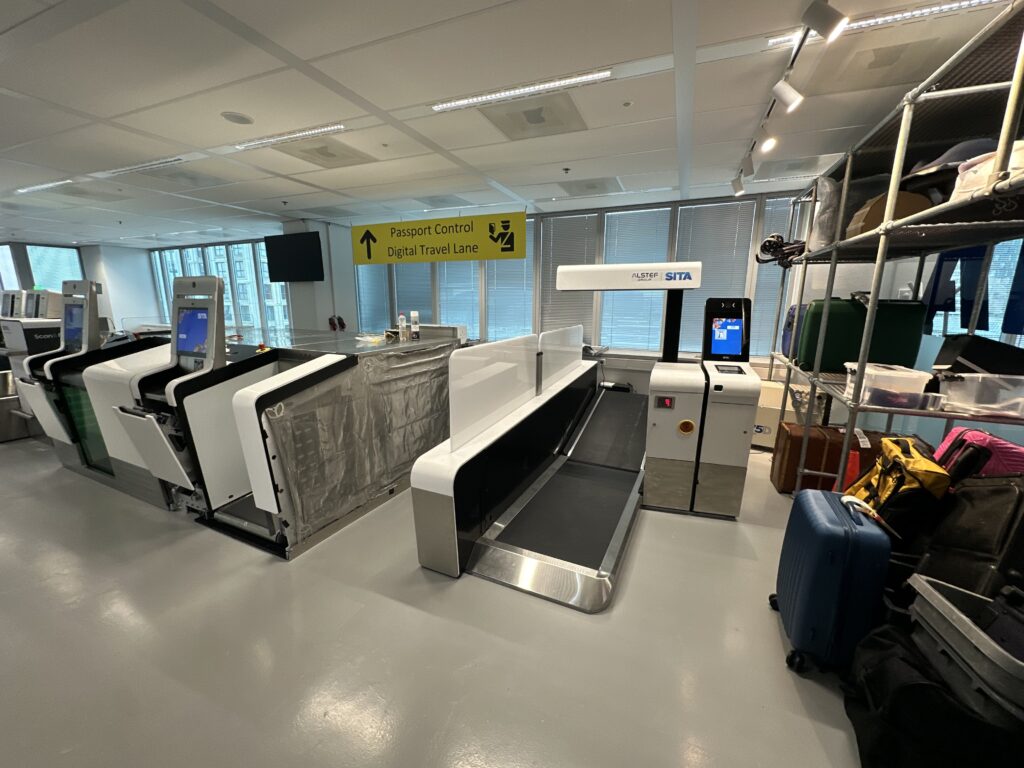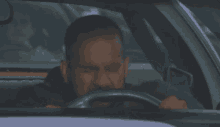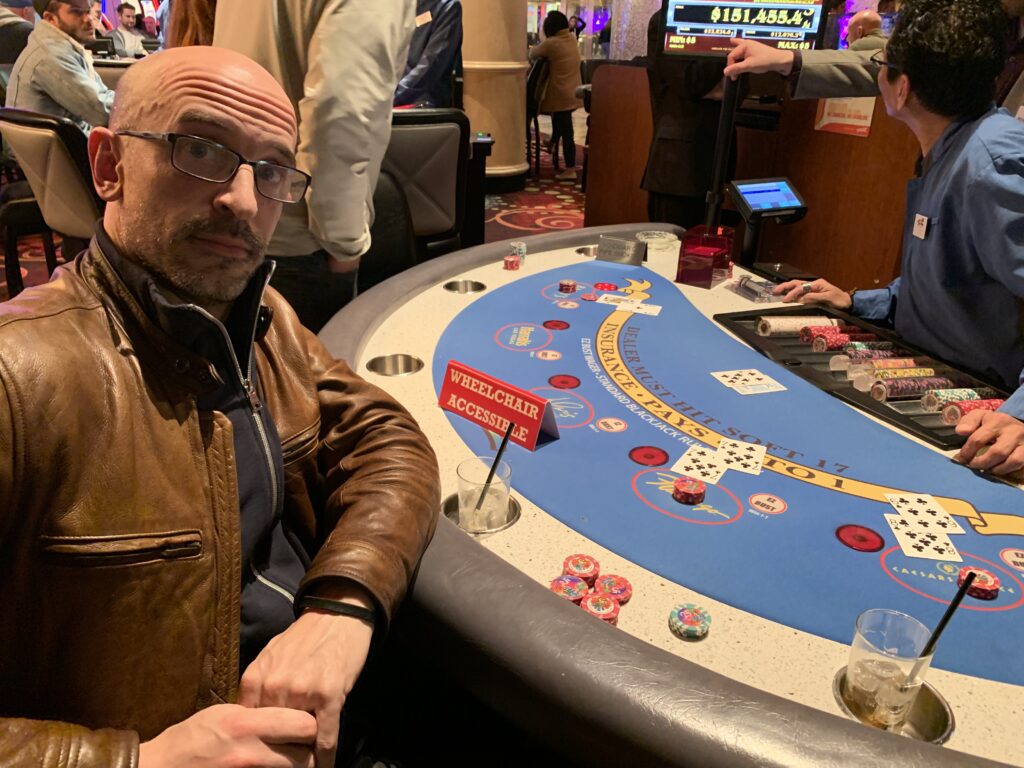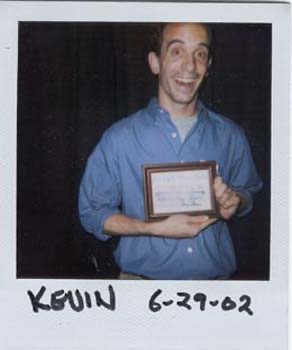Apparently it’s Neurodiversity Celebration Week. So in the interests of making mental quirks more visible and less taboo, I’ll share that I’ve got Tourette Syndrome!1 Let’s learn some more about it, shall we?
Tourette Syndrome isn’t as rare as you think. It’s entirely possible you’ve had it your entire life without realizing, as I did until my late 30s, when I described my behavior to a therapist and she suggested it. “Huh,” I thought, “I guess having the exact symptoms of a thing COULD mean that I have the thing.” It was so baked into my inner life that I’d never even considered it!
Definitionally, Tourette’s involves multiple physical tics and—most famously—at least one involuntary verbal tic. You’re certainly thinking of curse words right now, as it lives in the popular imagination: who doesn’t love a random “FUCK!” screamed out at grandma’s funeral? But that turns out to be a separate phenomenon called coprolalia, which is only loosely associated with Tourette’s. The verbal tic can be anything at all, which is where it gets fun.
My tics aren’t unprompted; rather, they’re bound almost completely to intrusive thoughts of embarrassing memories.2 At a young age I coined the clumsy phrase “embarrassment flashback” to describe the stab of regret I feel when recalling such a moment in my past—no matter how old or minor, no matter how certain that I’m the only person on earth who remembers it—and immediately feeling as embarrassed, or more so, than I did at the time. This happens to me frequently, between 1–10 times per day. Yes, it’s a curse.
I know some of you share this curse; I’ve discussed it with various friends over time. But you probably don’t have a spontaneous physical reaction to the painful memory. And the reaction probably isn’t a compulsion to blurt something out loud, which is where my Tourette’s enters the chat.
What I’ll say in the moment is mostly unpredictable, though my brain does pull from a sort of phrasebook. Imagine pulling the Buzz Lightyear cord on my back and getting something that ranges from understandable (“Fuck!”) to absolutely bonkers (“I’m a monkey!”). Just to reiterate: I do NOT do this intentionally! My brain has a mind of its own.
As you can tell from the F-bomb above, I’m in that Tourette’s minority who experiences coprolalia. The good news is I can mostly control my tics. I repress them 99% of the time while in social company, so my secret is generally well-kept. But when I’m alone at the house, I might practically yell it, like I’m using it to purge the embarrassment from my body.
I’m noticing my defenses weaken as I age. Just the other night, my improv class was in the middle of a scene when it reminded me of something—I honestly don’t remember what!—and muttered “Fuck” loud enough that they might have heard me. I’m not sure if this will continue to worsen to the point that I’m blurting things out mid-conversation, but Kiki’s so used to it by now that this exchange is now common around the house:
“Fuck!”
“What?”
“Tourette’s.”
“Okay!”
Since the intrusive thoughts are the root cause of the tics, I’ve developed a few defense mechanisms against them over time—yes, that’s my brain doing battle against my brain. Life is weird. My most recent defense is an imaginary ravioli, akin to Egon’s Twinkie. (Why a ravioli, you ask? Why any of this!!!, I reply.) When an embarrassment bubbles up in my mind, momentarily blinding me from anything else, I imagine shoving it into the ravioli like you’d shove a tissue back in the box. Instead of muttering “I’m a monkey” to myself, I might mutter “White ravioli.” It’s utter nonsense, but it helps.
So there’s a fun fact about my atypical brain (I’ve also got ADHD, but hell, who doesn’t?). If I ever say something completely nonsensical in your presence, that could be why. I know it’s weird, but I know from experience, being weird is a lot cooler.











